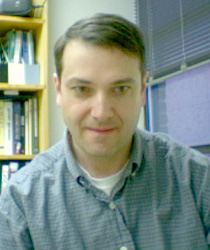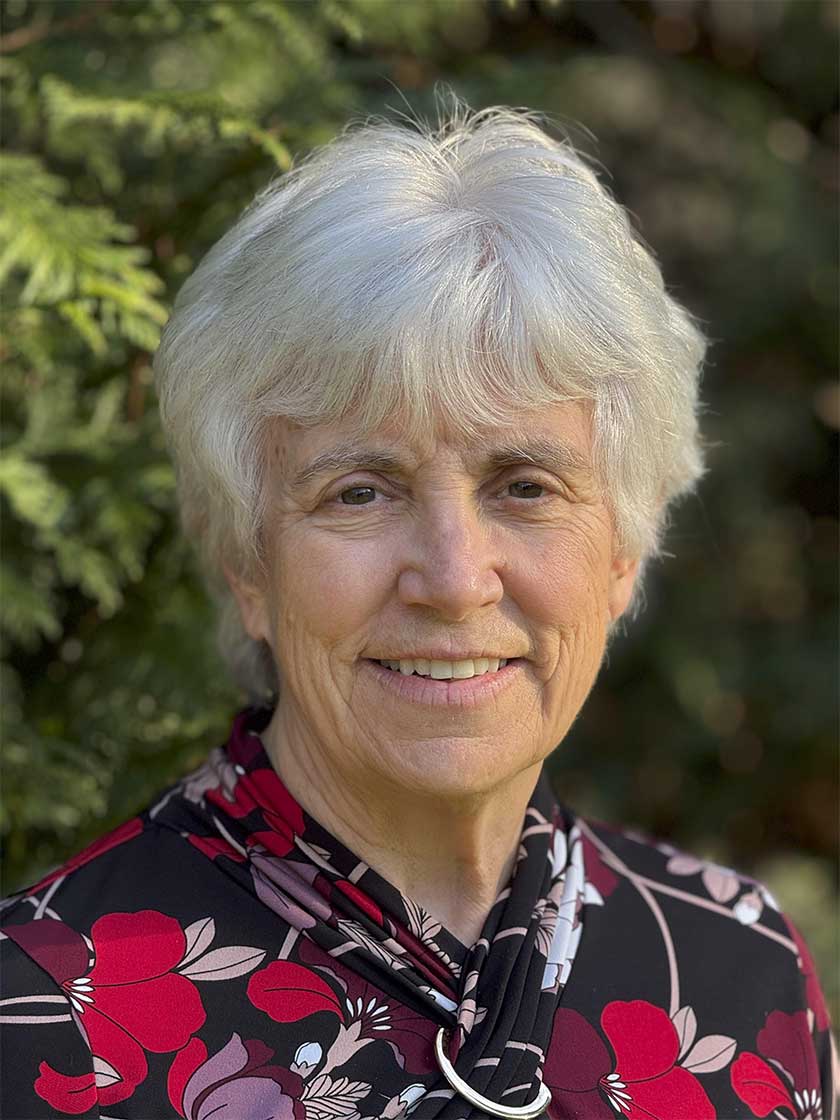Faculty Directory
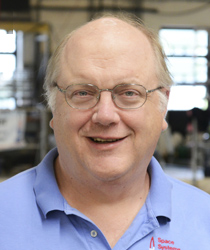
Akin, David
Professor
Director of Space Systems Laboratory
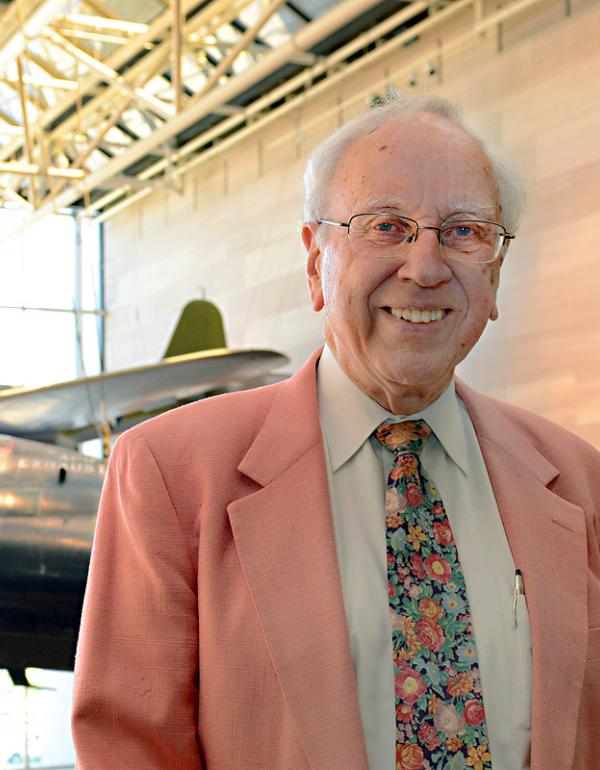
Anderson, Jr., John
Glenn L. Martin Institute Professor Emeritus
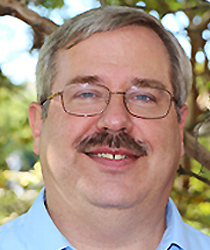
Baeder, James
Igor Sikorsky Distinguished Professor in Rotorcraft
Professor

Balachandran, Balakumar
Minta Martin Professor
Distinguished University Professor
Faculty Member, Applied Mathematics and Scientific Computation
Affiliate Professor, Aerospace Engineering
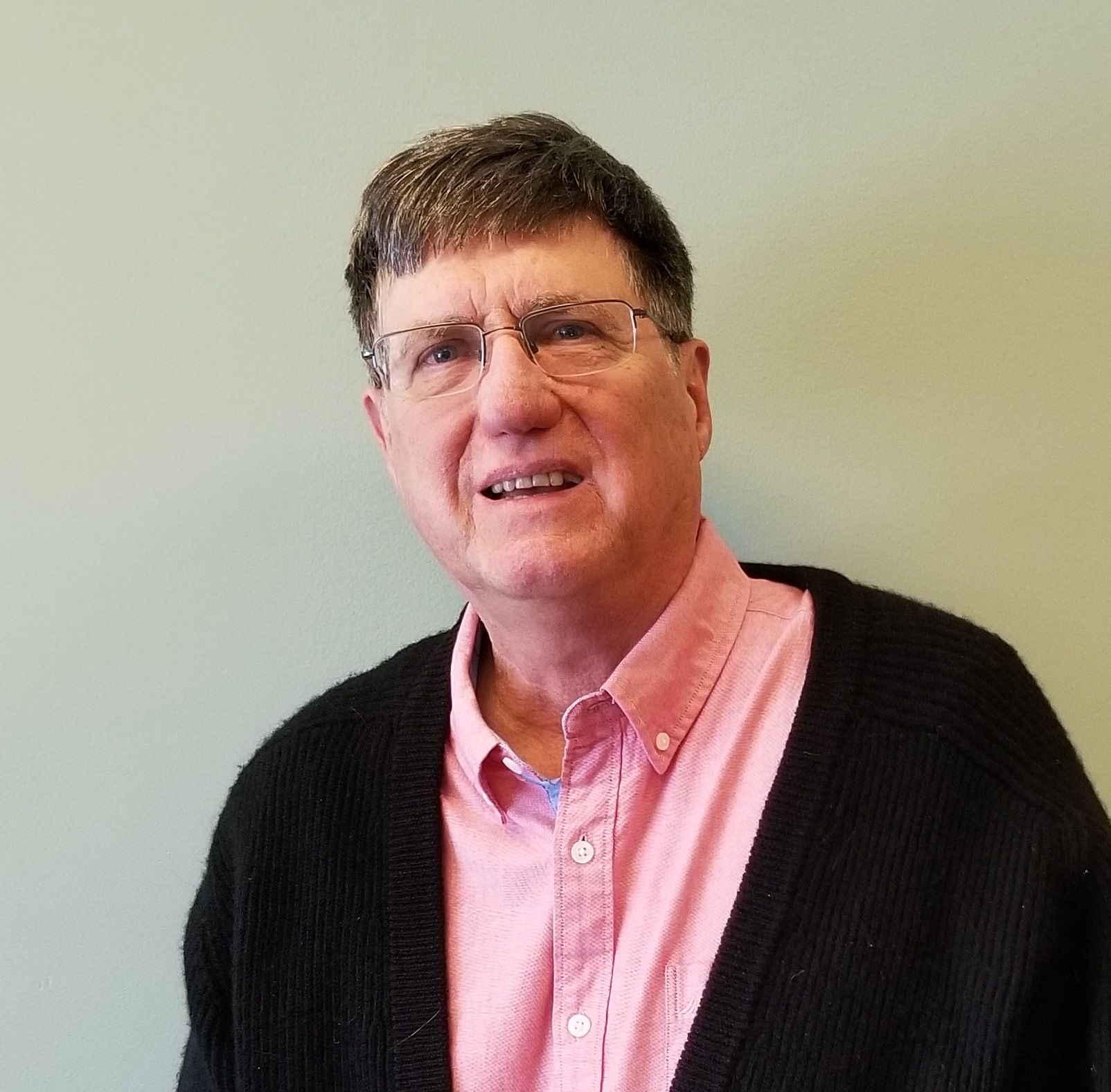
Banes, Anthony Vincent
Aerospace Engineering Program Lecturer
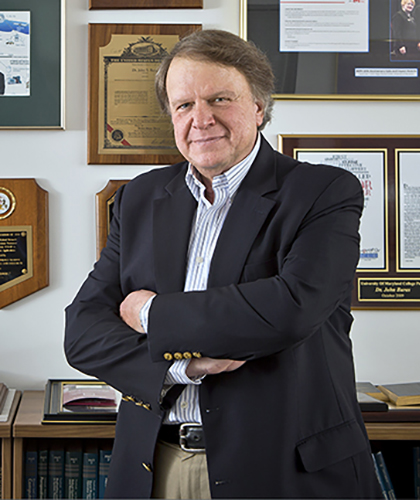
Baras, John S.
Distinguished University Professor
Lockheed Martin Chair in Systems Engineering
Founding Director, Institute for Systems Research, 1985-1991
Director, Maryland Hybrid Networks Center, 1992-present
Affiliate Professor, Mechanical Engineering
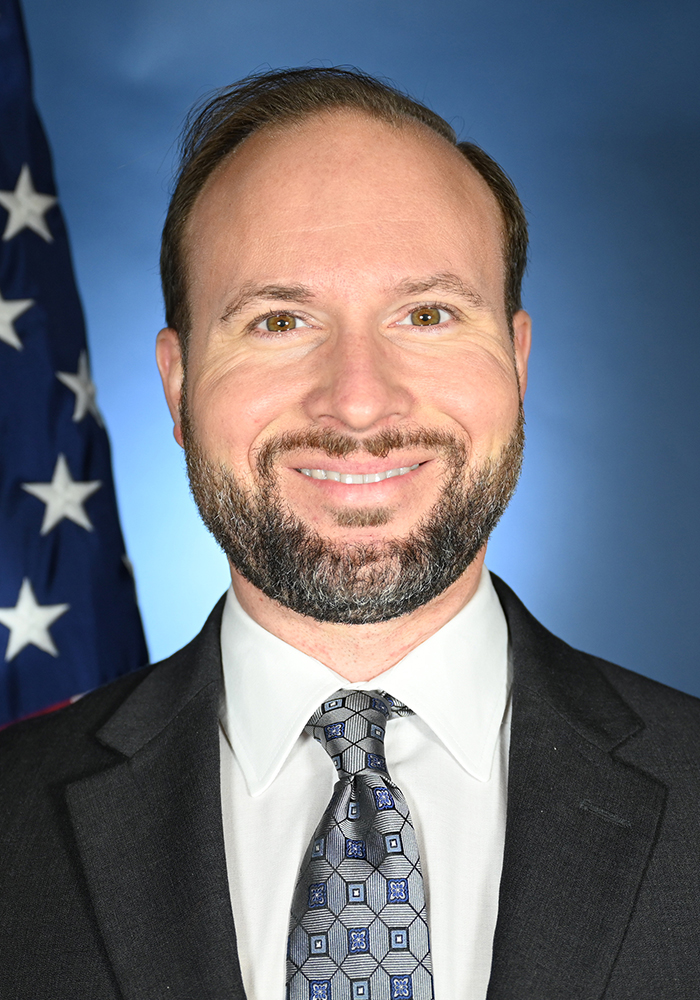
Barbee, Brent W.
Lecturer
Member of the Graduate Faculty
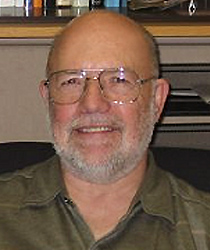
Barlow, Jewel
Director of Glenn L. Martin Wind Tunnel
Associate Professor Emeritus
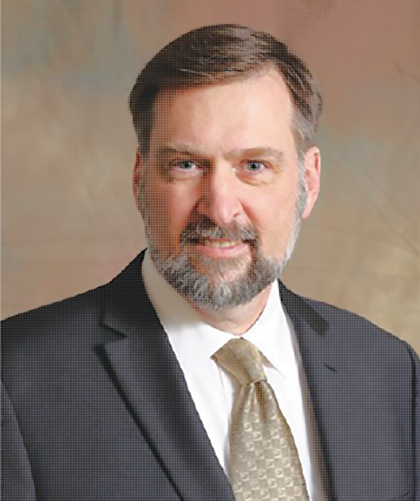
Beutner, Thomas
Visiting Research Professor
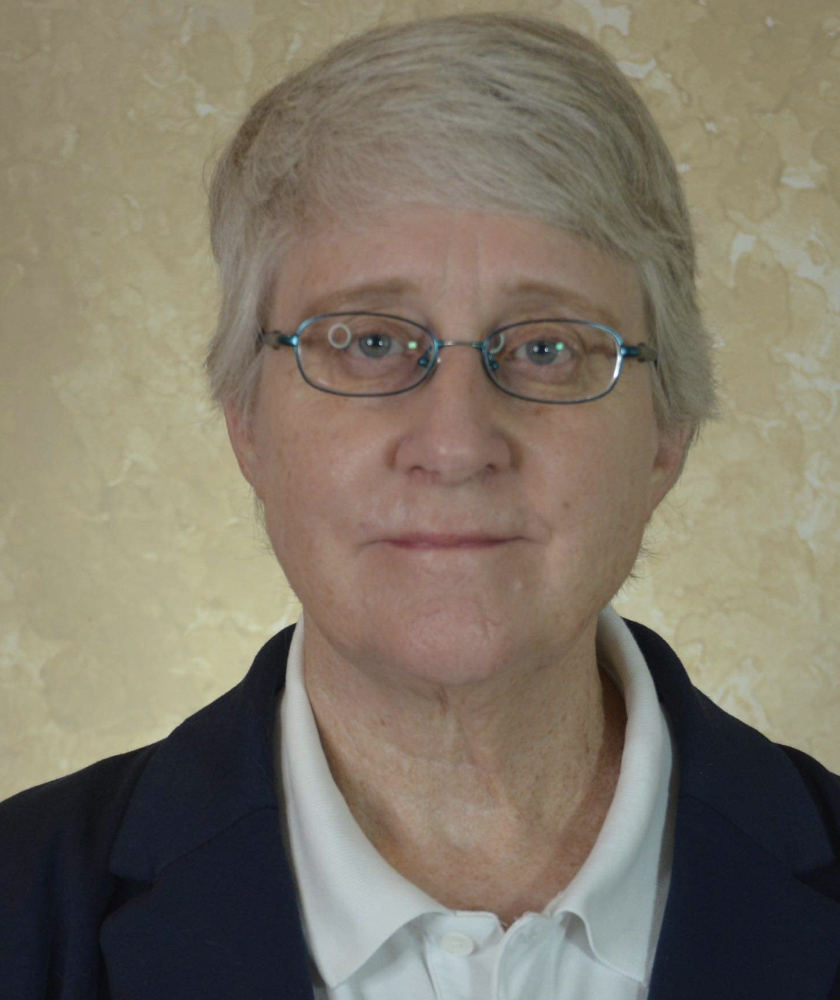
Bowden, Mary
Senior Lecturer
Keystone Instructor
Director, Maryland Space Grant Balloon Payload Program
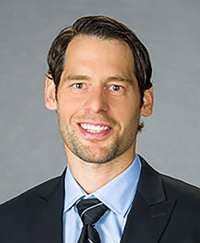
Brehm, Christoph
Associate Professor
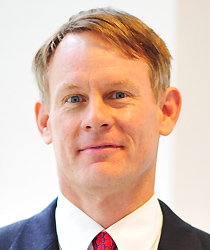
Cadou, Christopher
Professor
Keystone Professor
Director of Undergraduate Studies
Castano, Lina
Assistant Research Scientist
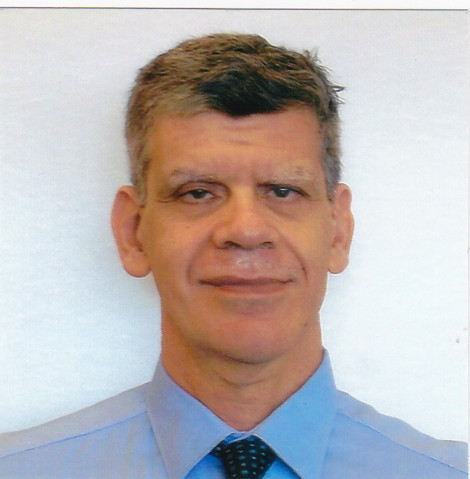
Celi, Roberto
Research Professor
Choi, Young
Associate Research Scientist
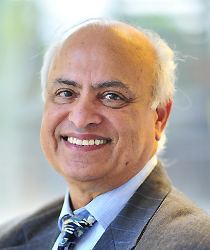
Chopra, Inderjit
Distinguished University Professor
Clark Distinguished Chair
Director Alfred Gessow Rotorcraft Center

Fourney, William
Keystone Professor
Professor Emeritus

Grauer, Jared
Lecturer, Department of Aerospace Engineering
Research Aerospace Engineer, NASA Langley Research Center
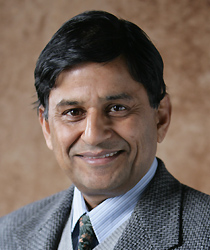
Gupta, Ashwani K.
Distinguished University Professor
Minta Martin Professor of Engineering
Professor, Institute of Physical Science and Technology
Affiliate Professor, Dept . of Aerospace Engineering

Hartzell, Christine M.
